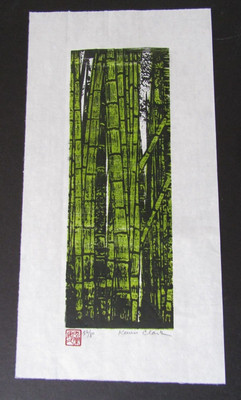

For centuries, printing was mainly restricted to the Buddhist sphere, as it was too expensive for mass production, and did not have a receptive, literate public as a market. īy the eleventh century, Buddhist temples in Japan produced printed books of sutras, mandalas, and other Buddhist texts and images. These are the earliest examples of woodblock printing known, or documented, from Japan. These were distributed to temples around the country as thanks for the suppression of the Emi Rebellion of 764. In 764 the Empress Kōken commissioned one million small wooden pagodas, each containing a small woodblock scroll printed with a Buddhist text ( Hyakumantō Darani). The Japanese water-based inks provide a wide range of vivid colors, glazes, and transparency. Widely adopted in Japan during the Edo period (1603–1868) and similar to woodcut in Western printmaking in some regards, the mokuhanga technique differs in that it uses water-based inks-as opposed to western woodcut, which typically uses oil-based inks. Woodblock printing in Japan ( 木版画, mokuhanga) is a technique best known for its use in the ukiyo-e artistic genre of single sheets, but it was also used for printing books in the same period. The Great Wave off Kanagawa ( 神奈川沖浪裏, Kanagawa-oki nami-ura) print by Hokusai


 0 kommentar(er)
0 kommentar(er)
